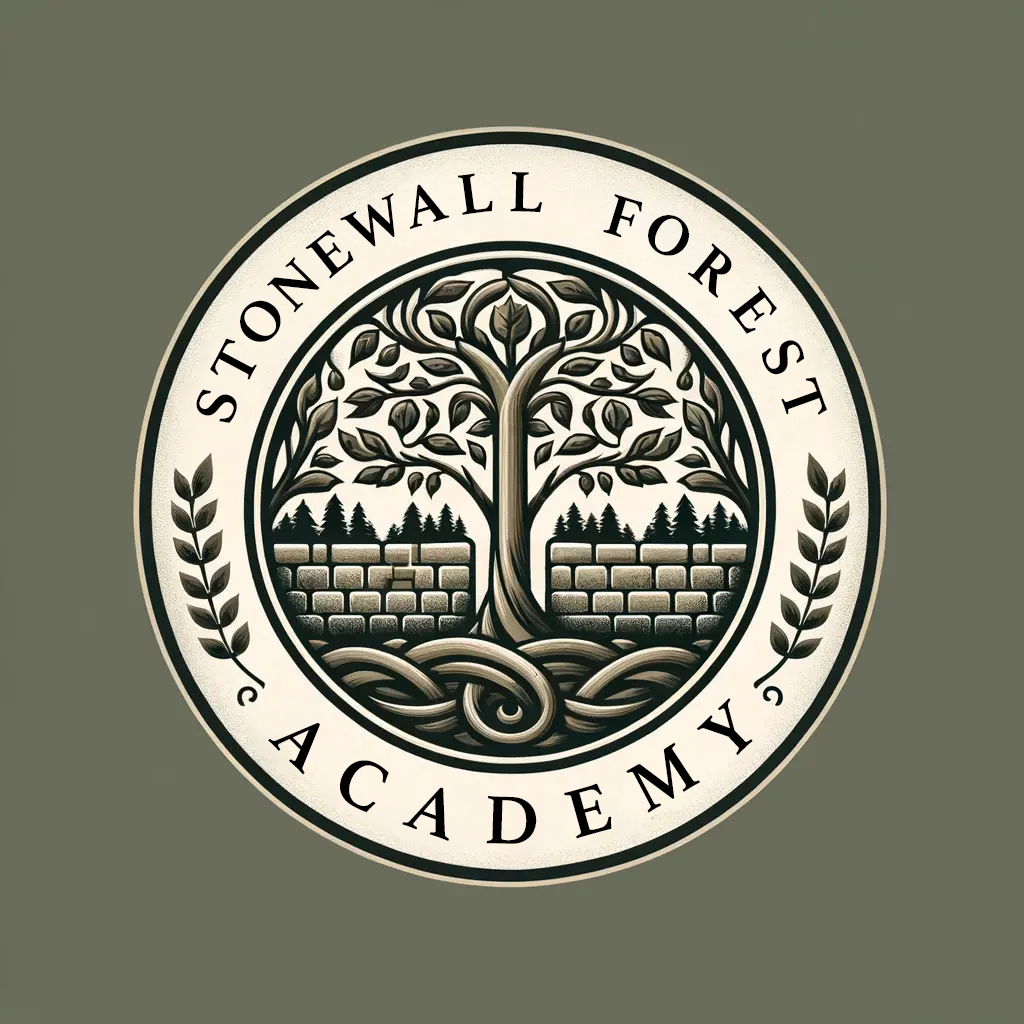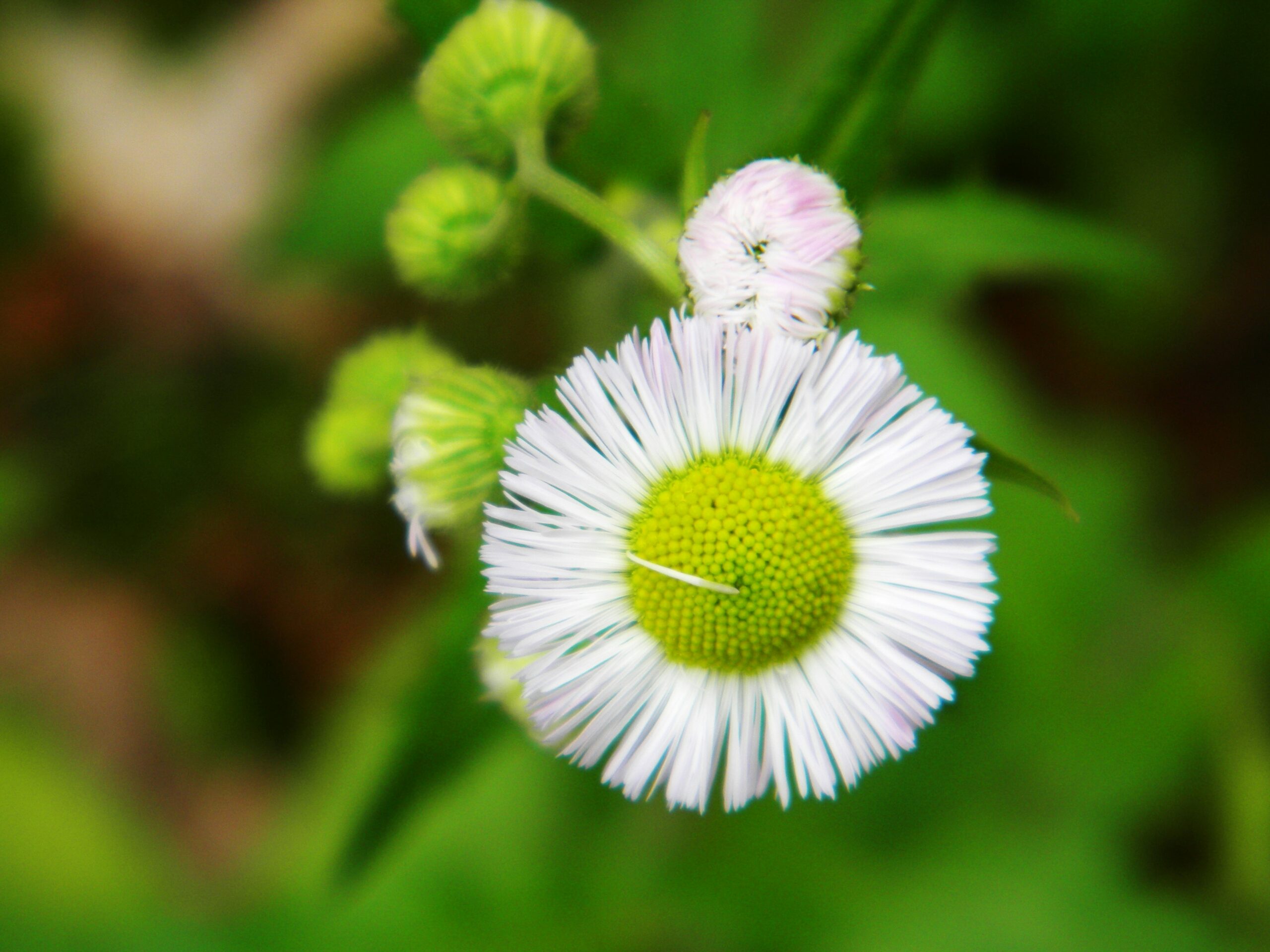If you’ve ever taken a spring walk through fields, roadsides, or woodland edges and noticed clusters of small daisy-like flowers with delicate pink or white petals, you’ve likely met Philadelphia Fleabane (Erigeron philadelphicus). This humble wildflower is easy to overlook, but it’s rich with history, beauty, and quiet medicinal value.
🌼 What Is Philadelphia Fleabane?
Philadelphia Fleabane is a native North American wildflower in the aster family. It typically blooms from early spring to midsummer and is known for its fringed, ray-like petals and sunny yellow center. Despite its name, it’s not just found in Philadelphia—it grows across most of the eastern and central United States.
🌿 Traditional Uses & Folklore
Historically, fleabane was believed to repel fleas—hence the name. Dried fleabane was once hung in homes or stuffed into bedding to keep pests away. Native American tribes used it medicinally to treat colds, coughs, and inflammation. Today, while it’s less common in herbal practice, some still recognize its gentle properties for easing headaches or as a mild anti-inflammatory.
🪻 In the Nature Study Journal
Philadelphia Fleabane is a perfect entry for your child’s spring nature journal. Its fine, thread-like petals offer a beautiful chance to practice botanical illustration or close-up observation. Ask your child to note where they found it, what pollinators visited it, and what they think of its soft, cheerful appearance.
👧🏽 Teach With It
- Compare fleabane to other members of the daisy family. What’s similar? What’s different?
- Look up which animals or insects benefit from fleabane’s early blooms.
- Read a poem or write a short verse inspired by its fringed petals and sunny face.
- Discuss how early settlers used plants not just for food, but for practical and medicinal needs.
⚠️ Pet & Human Safety
Philadelphia Fleabane is considered safe and non-toxic for humans in small amounts, though it’s not widely used as an edible plant. It’s not listed as toxic to pets, but as always, it’s best to avoid intentional ingestion unless you’re following trusted foraging guidance.
🌱 Final Thoughts
Though it may be a common roadside flower, Philadelphia Fleabane has a quiet charm and historical usefulness that make it a wonderful addition to any nature-based homeschool or nature walk. Next time you spot its sunny face and frilly petals, take a moment to stop, observe, and appreciate this little spring healer.


